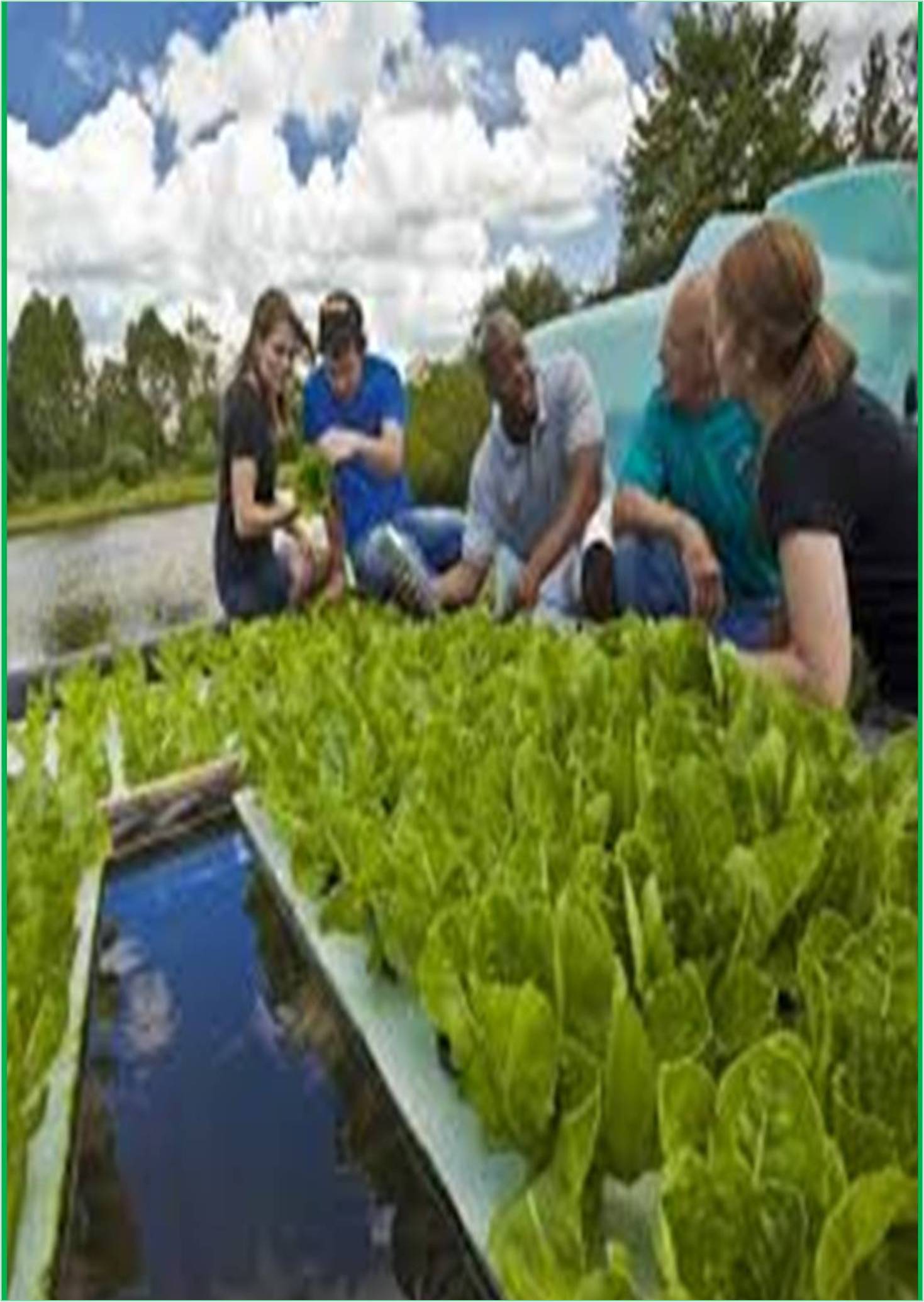



Received: 02-Aug-2022, Manuscript No. GJEST-22-72151; Editor assigned: 05-Aug-2022, Pre QC No. GJEST-22-72151 (PQ); Reviewed: 19-Aug-2022, QC No. GJEST-22-72151; Revised: 26-Aug-2022, Manuscript No. GJEST-22-72151 (R); Published: 02-Sep-2022, DOI: 10.15651/GJEST.22.10.007
In the past, deforestation has been seen as a problem for the environment, but nowadays, illicit logging in rainforests is seen as a problem of global organized crime. 80% of the world's terrestrial species of animals and plants reside in forests, which also support the livelihoods of 1.6 billion people and cover 31% of the earth. However, increasing rates of deforestation are decimating their rich biodiversity in many regions of the world. In the Amazon basin, illegal activities including land invasions, intentionally stoked forest fires (often started to clear land for agriculture, ranching, and land speculation), as well as illicit mining and logging, are the main causes of forest loss. An area of tropical forest the size of Austria is destroyed each year due to illegal logging. Local observers sometimes miss illegal logging until it is too late because of the immensity of the forests and the loggers' use of covert methods.
Artificial Intelligence (AI) and related technologies, such deep learning and machine learning, are some of the most promising advancements for improving the monitoring of forests. It has been claimed that so-called "earth-friendly AI" will improve data gathering and analysis for environmental protection. Some of these cutting-edge technologies are already being developed and used elsewhere in the globe, but with the right amount of backing from the government, sound regulatory frameworks, and global collaboration, they may be adapted for use in the Amazon basin. Through collaborations with local communities, for instance, AI can aid in the development of regional capacity for forest monitoring. The Tembé indigenous people have been subjected to persistent illicit logging, poaching, and drug smuggling activities in the Brazilian state of Lowland areas. The community's cooperation with RFCx has enabled the establishment of a monitoring system that alerts trained Tembé Rangers to signs of illegal logging (such as chainsaws), poaching (such as motorcycles), and smuggling (such as trucks or automobiles). Another instance is the So Paulo-based MapBiomas, which employs remote sensing, GIS, and cloud computing to produce a historical map series of land cover and use in Brazil. This is done by using satellite images to identify pixel patterns for various types of activities that contribute to deforestation. By collaborating with networks of organizations, such as NGOs, universities, and businesses, Mapbiomas develops capacity by bringing together experts in remote sensing and information technology.
Remote sensing technology is being used by groups like Rainforest Connection to monitor forests and spot illicit logging in real time. They collaborate with local populations living near forests to install modified, old cell phones with solar panels on them in trees to monitor the forest. These acoustic monitoring devices analyse a steady stream of auditory information coming from the forest. They identify different noises associated with illegal activities, such as chainsaws and/or logging trucks, using incredibly simple algorithms. When this occurs, patrol personnel receive real-time notifications that allow them to detect and stop illegal logging activity. Acoustic monitoring technology has encountered processing and human capabilities constraints in practice. In order to make better use of its data, Rainforest Connection is looking to machine learning. First, the processing capability of each smartphone restricts it to using just the most fundamental algorithms. While they have shown to be useful in differentiating noises like a chainsaw, they are unable to recognize more complex sounds like human voices. This inhibits their ability to monitor. The inability of isolated forest communities to programme limits their capacity to enhance monitoring algorithms and prediction models as more data is gathered. Third, these limitations restrict the possible uses of this extensive database of forest audio data for various objectives, such as study. As a non-profit organization, Rainfores t Connection may be able to obtain financing through these additional applications to maintain and potentially grow its conservation activities.
The empirical finding that deforestation occurs more frequently in locations near to previously deforested regions was one additional issue this study examined. The second goal of this study is to determine if the likelihood of deforestation in wooded areas rises in proximity to deforested sites. To be more precise, we suggest giving the network a matrix specifying the distance between each pixel and the closest deforested location in addition to the two pictures being compared. The outcomes of our tests to verify this theory are also reported in this study. This work's key contributions are:
• An examination of the results obtained from adding filtering and other pre-processing methods to the original Sentinel-1 data.
• A suggestion to give the convolutional network a map showing the distance to the closest area of historical deforestation.
• An assessment and comparison of two automated deforestation detection algorithms used in two locations in the Brazilian Legal Amazon. The first is a time series-based conventional approach, and the second is based on Deep Learning methods.